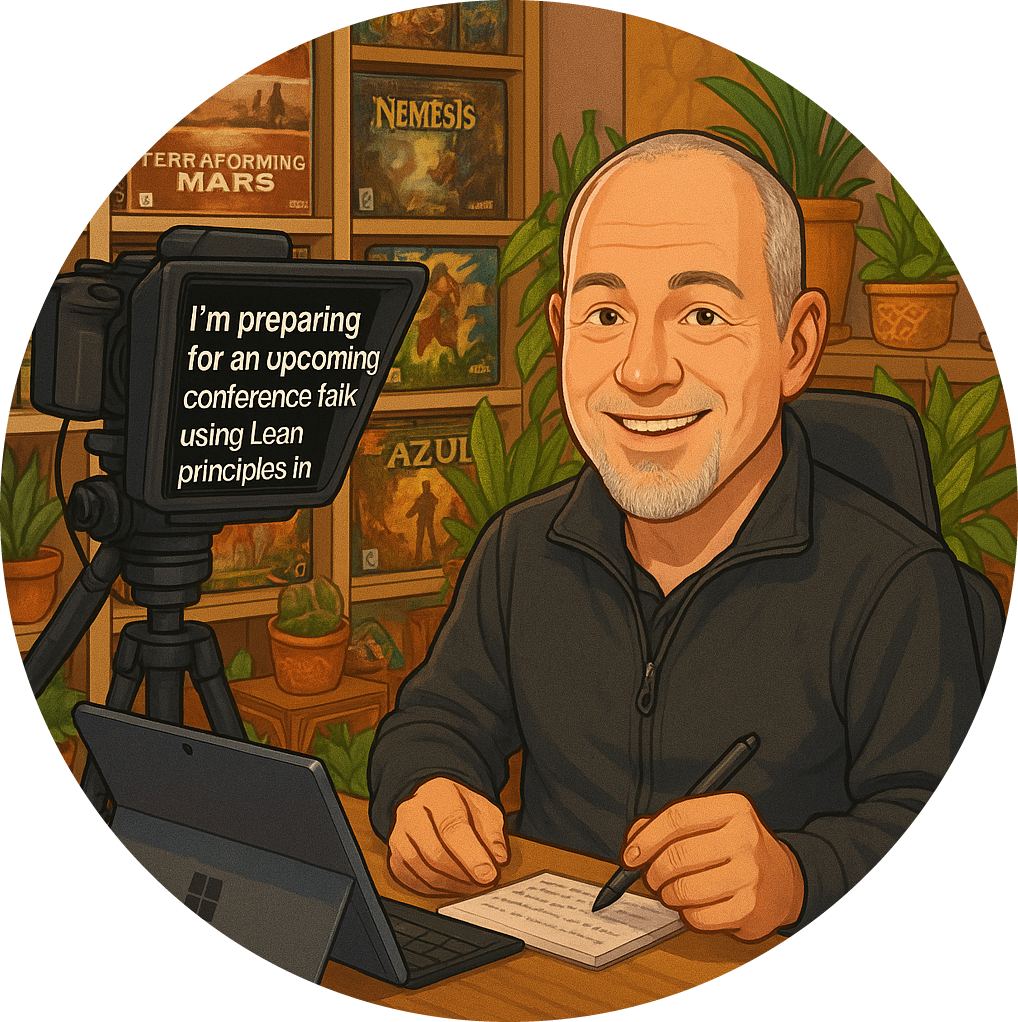Not every shiny object deserves your attention or your budget. Yet, if you’re anything like me, you know the feeling when the next big thing is lighting up your inbox. The industry chatter is relentless. Your team is eager to experiment. A competitor just shipped something with it, and suddenly, you’re left holding the bag, wondering if you’re risking irrelevance by not jumping in.
Let’s be honest: the pressure to chase hype is real. But here’s the hard truth I’ve learned, often the hard way, chasing hype without rigor drains more than just your time. It burns through your team’s energy, clutters your architecture with half-baked experiments, and, perhaps most damaging of all, erodes trust when the new shiny thing doesn’t pan out. I’ve seen teams demoralised, stakeholders frustrated, and technical debt pile up, all because we mistook novelty for necessity.
Over the years, working with CTOs and technology leaders across industries, I’ve come to appreciate that discipline in tech choices isn’t just a nice-to-have, it’s essential. We need more than gut feel or FOMO to guide our decisions. We need frameworks. We need evidence. We need to ask not just “can we do it?” but “should we do it?” and, crucially, “is now the right time?”
Here’s how I help organisations build that discipline into their technology choices:
- Frameworks for Evaluation: We don’t just look at what’s new; we assess how it aligns with your strategy, your architecture, and your business goals. Is this technology solving a real problem, or is it just adding complexity?
- ROI and Strategic Alignment: Every tech investment should have a clear line of sight to value. If you can’t articulate the return, you’re gambling, not investing.
- Team Capability Fit: It’s not enough to ask if your team could use a new tool or framework. Do they have the skills? Will this stretch them in a way that’s productive, or will it leave them floundering?
- Timing and Readiness: Sometimes, the right answer is “not yet.” There’s wisdom in waiting until the ecosystem matures, your team is ready, or the business case is undeniable.
I’ve seen too many organisations treat emerging tech assessments as ad hoc, one-off exercises, usually triggered by panic or peer pressure. That’s a recipe for chaos. Instead, I advocate making these assessments part of your system of work: structured, repeatable, and defensible. When you have a clear, evidence-based process, you’re not just reacting to trends, you’re leading with intent.
Good leadership isn’t about jumping on every bandwagon. It’s about knowing why you’re saying yes or no. It’s about having the courage to wait, the discipline to evaluate, and the clarity to communicate your decisions. When you operate this way, you stop reacting and start leading. And that’s when real agility, and real competitive advantage, emerges.
If you’re ready to move beyond the hype and build a culture of disciplined, evidence-based technology decisions, let’s talk. Because in a world obsessed with the next big thing, the real differentiator is knowing when to say no.



























